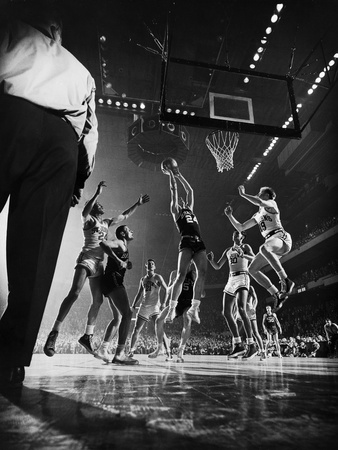Right
about the time I was lamenting the latest “100 Best” list yesterday, this
little website quietly stacked its 16th month in the Shelf
Actualization archives. With the average lifespan of a blog sitting right
around two years, we promise to give it our best over the next 8 months or so
before we shut it down.
Just
kidding. (I hope.) Anyhoo, above are the authors we've covered lately. Now on to the 5 most popular posts from this past month:
- Number 2
- Conan the Literarian
- Paris, by Time Machine
- Review: Nemesis, by Philip Roth
- Jonathan Franzen on the Overrated and the Underappreciated
And
the many-splendored search terms that led some of you here:
- Image of big merchant ship >> We’ve covered the merchant marine here
- Sperm whale habitat map >> So big it should’ve made Ahab’s quest harder
- Nanhsuchou >> The Good Earth, found!
- Boat that inspired old man and the sea >> Well, at least the harbor
- Huxley Smolarski >> A question of plagiarism, or just bad luck?
- Taller than Robert Wadlow >> Our ode to the short story
- Call me Ishmael Fourth Wall >> One way to open your own book
- The Punishment of X4 >> Appropriate now that Mad Men is back
- Broken meats >> Shakespeare, the great hurler of insults
- Animal House where are they now >> An early post on Turgenev and Belushi
Thanks
for stopping by. Keep coming back!




















.jpg)
.jpg)









